Cape Town, South Africa serves as an initial entry point for many travelers to Africa. But some argue it’s not “True Africa,” Ok, then I ask, is New York true America? The answer in both cases: Yes.
America as a nation cherishes variety and today so does South Africa. And both cities serve as a place where cultures mixed and continue to do so.
Cape Town, the modern cosmopolitan experience, provides a chance to see amazing sunset views from Camps Bay or Table Mountain, entertain delightful and delicious dinners, and sip some of the finest wines. But, Cape Town also allows visitors to take a historical peak into the recent injustice under apartheid. It provides a chance to look and learn from the past. Two such powerful places now serve as museums and are must visits. One really shook my foundation.
Certainly, the prison on Robben Island, a place where Nelson Mandela spent seventeen years, is nearly on everyone’s must see list for Cape Town. I agree. The place tells the stories of the lives of the many political prisoners that worked to free the country from its racial divide.
But when you get the chance to see the city, don’t miss the chance to walk through District 6 museum. The mere forty-five minutes I spent there left a more powerful impact on me than any other place in Cape Town.
As part of a ½ day tour of the city provided by Acacia Africa, the museum became our first stop. Here, my guide spoke about the injustices and the history of the mixed race district. A district eventually destined to be demolished by the government. A place where all buildings were destroyed. A neighborhood essentially removed from the map. Today, only a few churches and mosques (untouched) still stand on the empty grasslands.
Inside the museum pictures display the districts history from its vibrant times to its post demolition. Street signs appear as art displays and also mark each stair as people climb up to the second floor. Displays describe the history of the district, highlight the people who called it home and tell of the reason for flattening. Yet, some of the most powerful statements, the ones that initiate water in your eyes (and make you put back on your sunglasses) did not come from these artifacts. They were not from the pictures or historical text explaining this dark chapter in South African history. They came from the quotes. Real people and their real words discussing the district years later.
Across the museum, quotes from ex-citizens of the district describe their experiences. Not the just the horrors, but more importantly the good times. They speak of laughter and joy. They speak of work, love, and music. They speak of life. Humanity.
At times, it makes you unable to comprehend what happened. It makes the point needed to be made. Perfectly too.
That day, I left the museum in a different mood from the world cup fever I felt just the prior night on Long Street. I left knowing why Acadia recommends and offers this tour prior to traveling to the “Real Africa” on Safari or via an overland tour.
Then later that afternoon, I thought about it once again getting ready for the night on the town. On the very spot where division was the law, now the world united for its greatest spectacle – the World Cup. Incredible actually. A change for the better.
Stay adventurous, Craig
I’d like to thank Acacia Africa for opening my eyes to the District 6 Museum.
Also, this post is part of my special series All Africa – All August; a full month dedicated to my African Adventures.

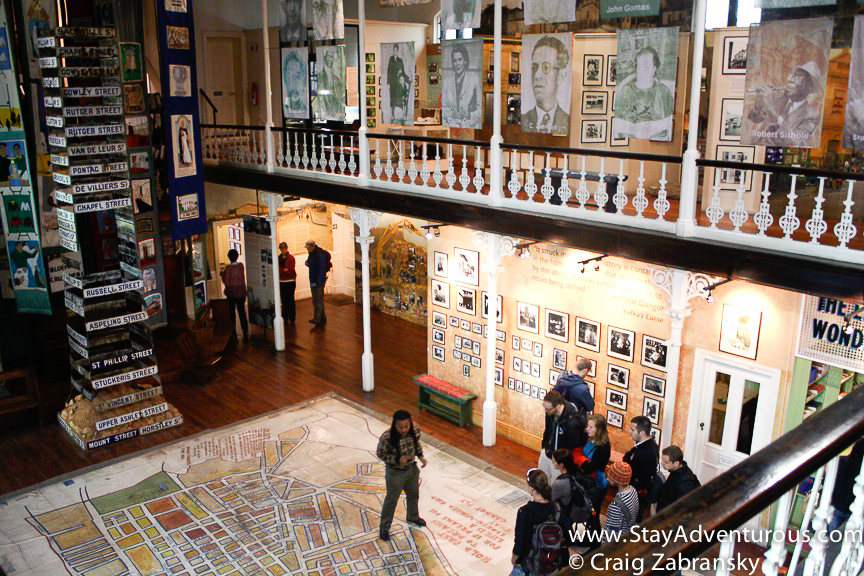
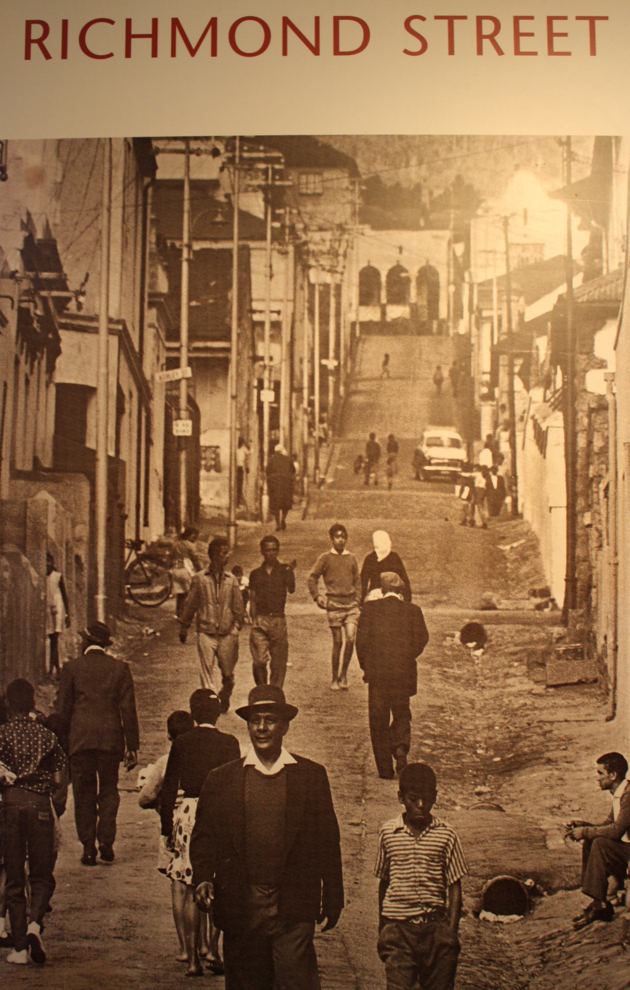
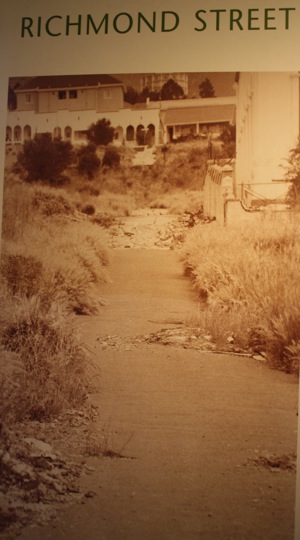
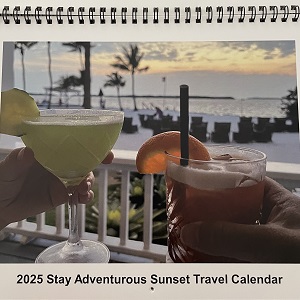
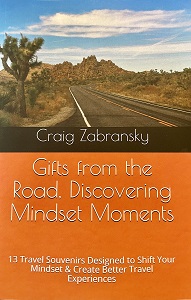













Pingback: Taking a Pint South African Style – Umqombothi « Stay Adventurous()
Pingback: A Tour to the Pyramids of Egypt | Stay Adventurous()
Pingback: A Return to the Pyramids of Egypt | Stay Adventurous()